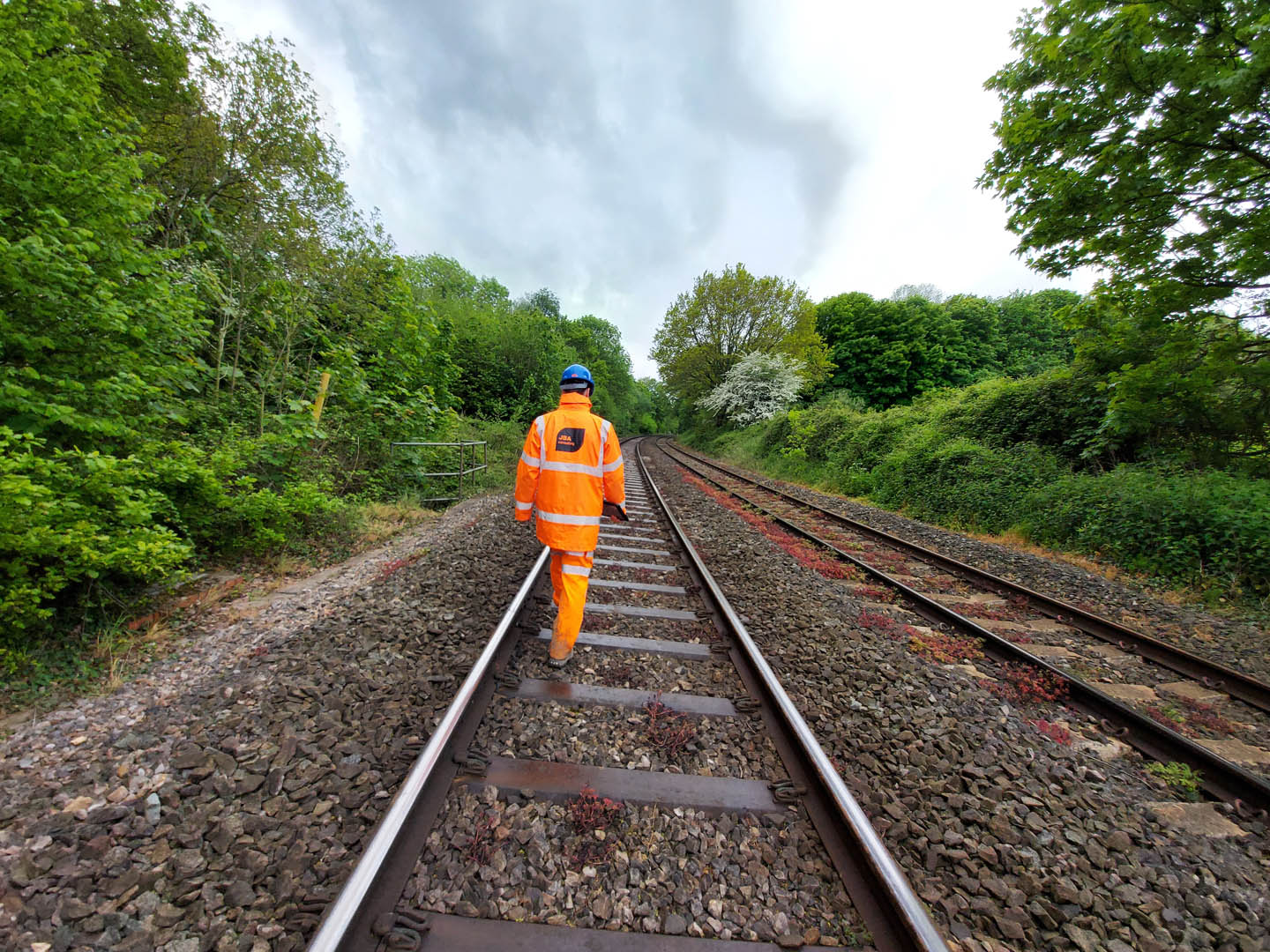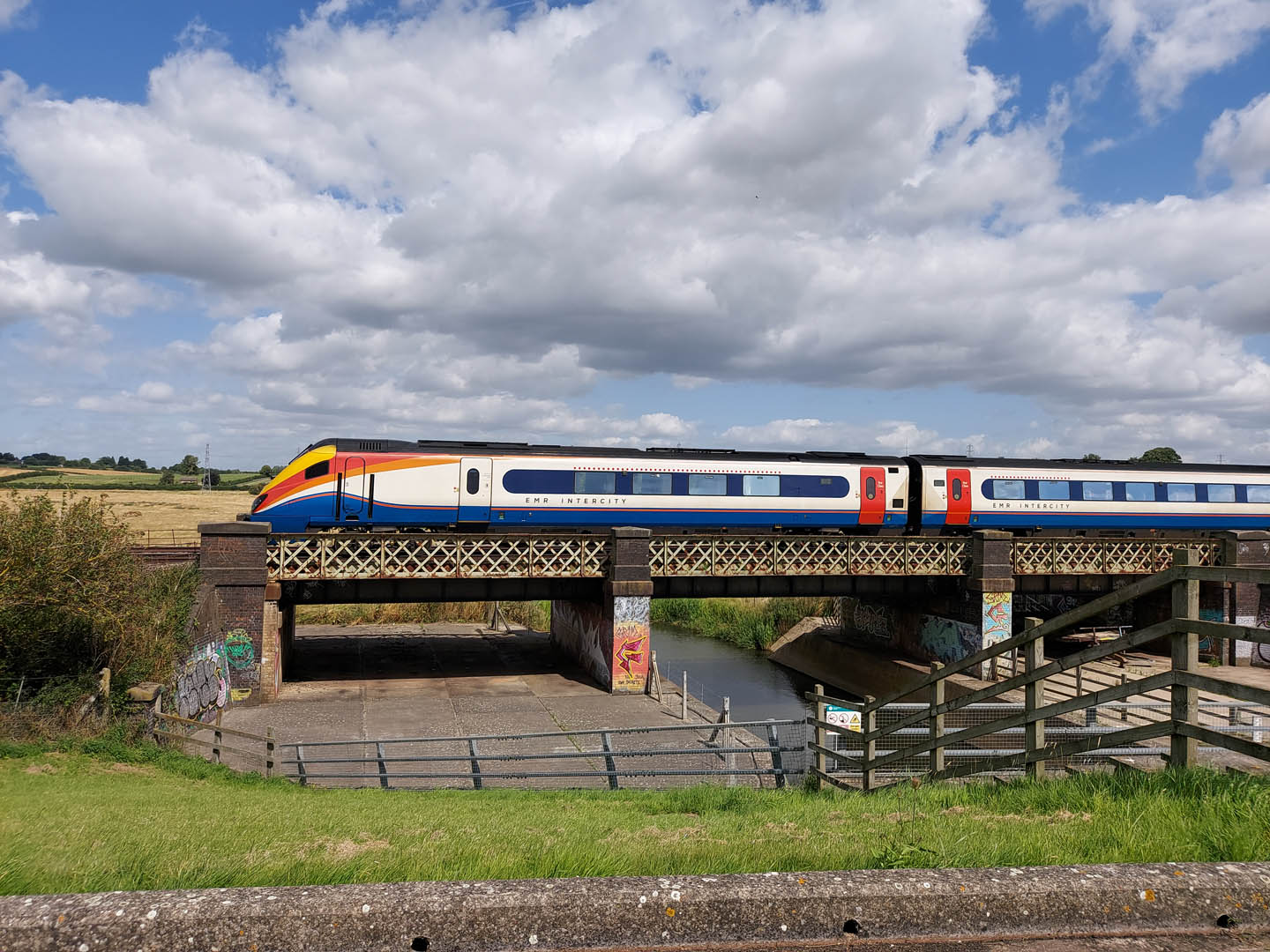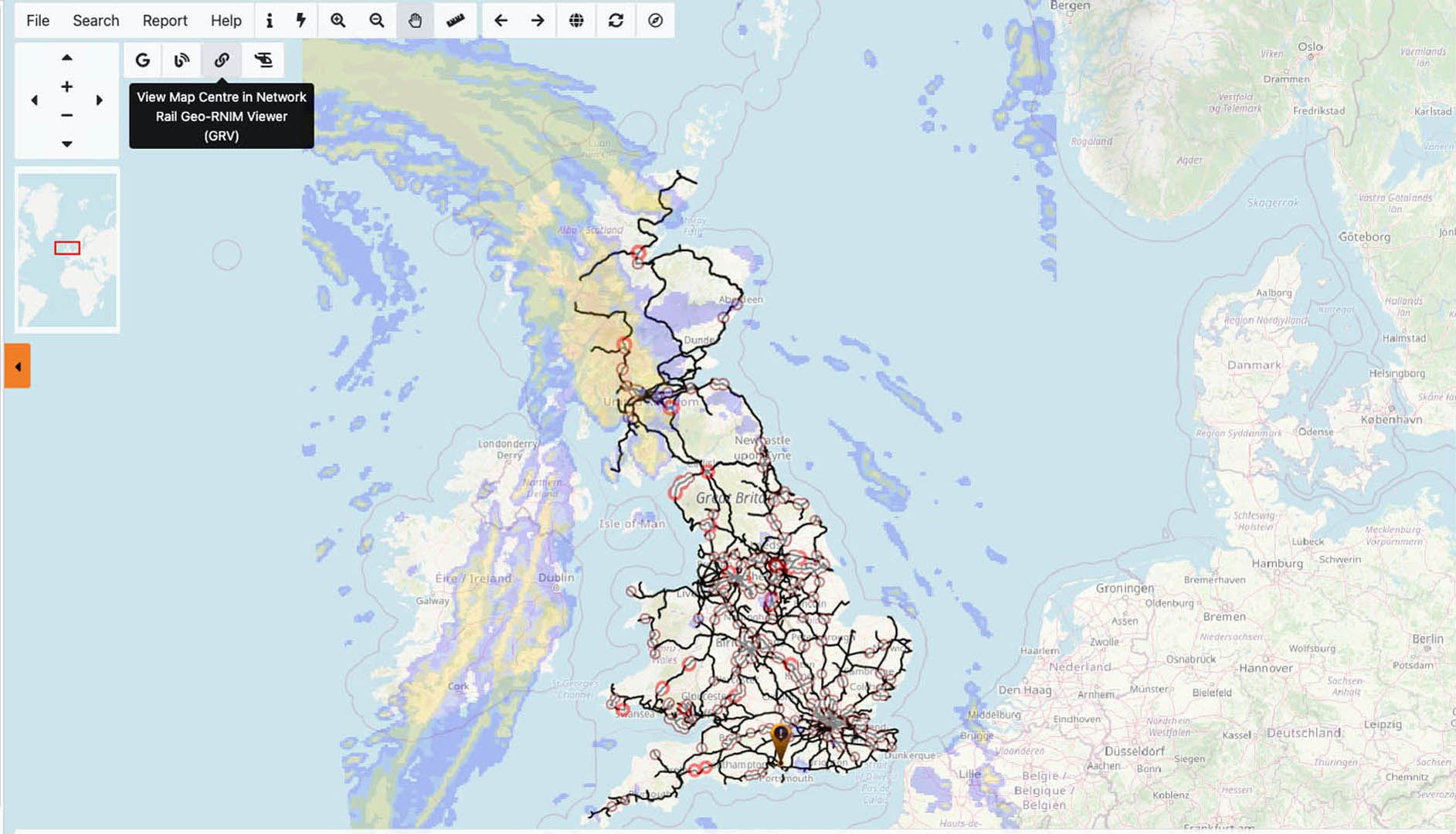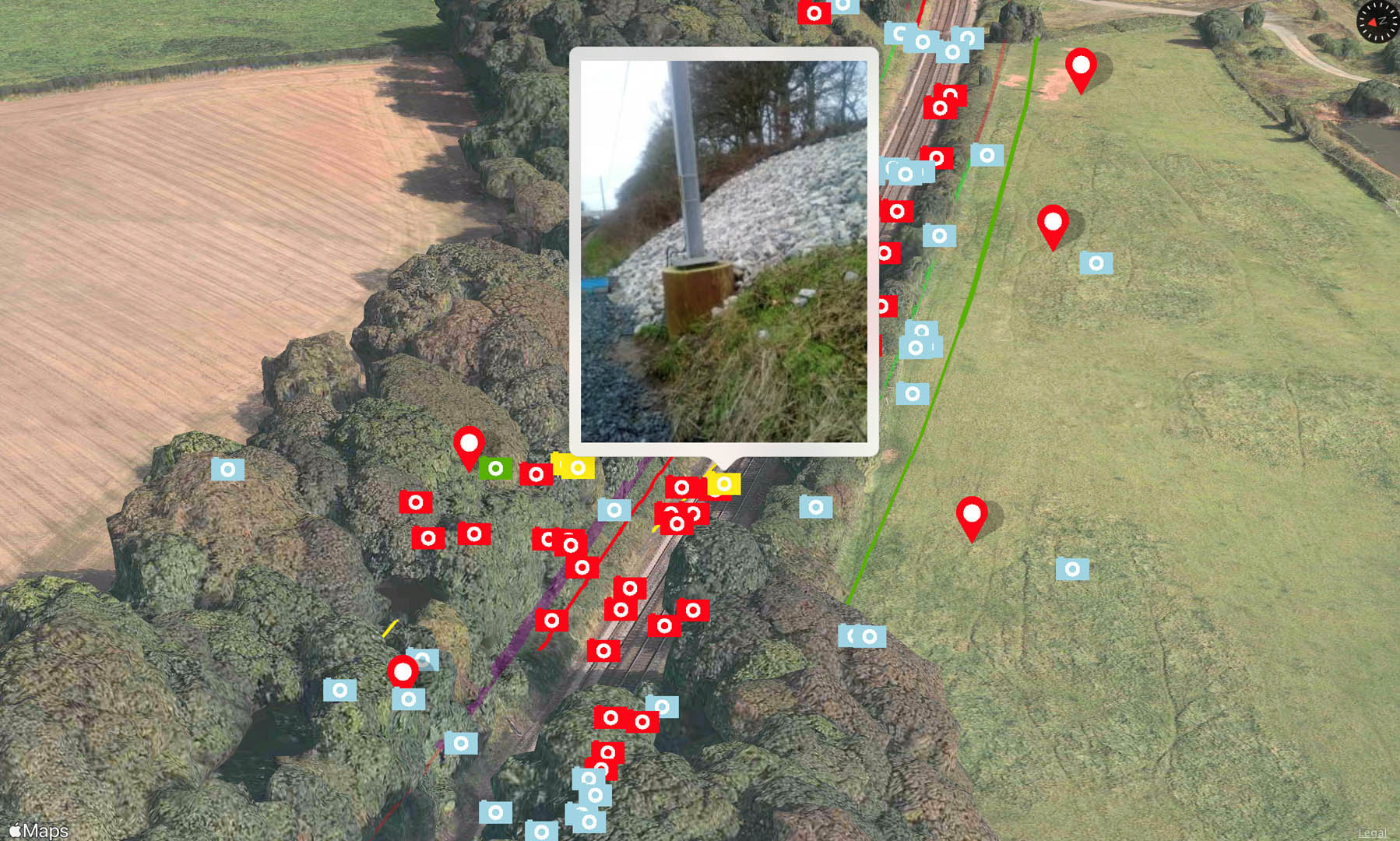Network Rail's Earthwork Asset Management System provides data on earthworks across the whole of the Great British rail network. A length of just under 16,000km which includes 190,000 earthworks: 70,000 soil cuttings, 20,000 rock cuttings and 100,000 embankments.
- Client Network Rail
- Location UK
- Services
A bespoke data storage and management solution, underpinned by the expertise of a dedicated support team
Over the past 20 years we have been providing a suite of earthwork asset management services to Network Rail. Ranging from mobile asset management software and reporting analysis to data management, hosting and cloud infrastructure, these services have streamlined the way they manage their 190,000 earthwork assets.
After being developed as a pilot in 2002, our Earthwork Asset Management System was adopted nationally in 2009 and to date remains the approved system for the national rail network. To provide harmonised and comparable data on earthworks across the rail network, the system is highly configurable and uses complex algorithms to predict the likelihood of earthwork failure.
As well as hosting the data, which consists of several million records (including examination reports and photographs) our dedicated project team also provide telephone and email support to system users. This allows us to offer a greater level of service to both on-site examiners and office-based users by responding to queries and resolving problems.
By developing a highly flexible and customisable XML templated calculation engine into the software, we have been able to ensure that future policy updates can be applied to the system without disruptive software updates. This means that the system remains accurate, but more importantly is operational at all times.
Supporting Network Rail's Intelligent Infrastructure Programme
Forming part of Network Rail's Intelligent Infrastructure Programme, which implements their Route Services Information Technology requirements, our Earthwork Asset Management System is used by a range of programme partners. This has has allowed the system to evolve over time with continuous development improving its usability and range applications. As a result of its successful adoption in England, Scotland and Wales, the system is now being used by Translink for the Northern Irish rail network, alongside a reduced version which is being used by Heritage Railway providers.









